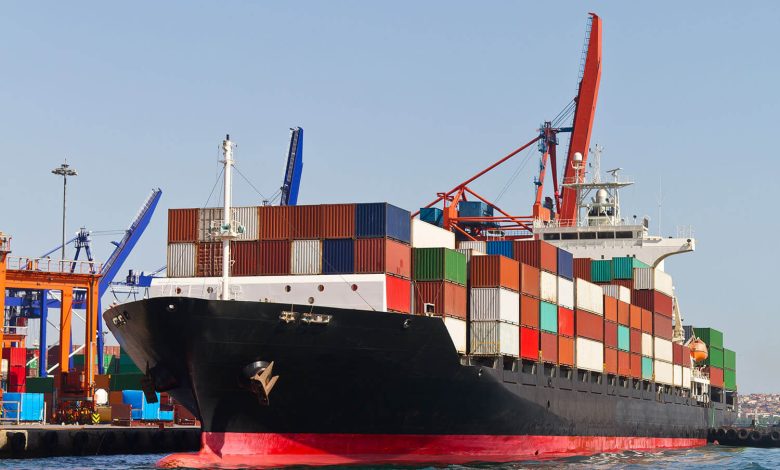How Condensation Can Ruin Commercial Ships and Their Cargo

Condensation is a natural occurrence. When the air cools down below its dew point or when it gets saturated with too much water vapor, droplets start to form. You typically see condensation droplets in your window during winter or on a drinking glass containing cold water. This can be resolved by simply wiping them off. But what if those droplets form on larger surfaces — like a ship’s hull or on the cargo being transported? It’s more problematic. But one key solution is ship insulation.
Moisture Damage on Cargo Ships
According to a report from the International Chamber of Shipping, a whopping 90% of commodities are traded worldwide via shipping. Of this figure, 60% is attributed to containerized shipping.
The problem with this method is that it’s prone to moisture damage. Did you know that about 10% of cargoes being transported via container ships get moisture-damaged? Moisture is already present in the air within the containers. If the walls of the containers get cooler than the interior air’s dew point — and when that air gets in touch with that colder surface — water vapor will form into a liquid.
Commercial ships experience drastic temperature and humidity fluctuations en route to their destinations, especially when entering various climate zones. Hence, the higher the possibility of condensation occurring.
Without proper ship insulation, the goods you’re transporting will get wet and damaged. In a simpler scenario, the excess moisture can only cause the peeling of packing labels and tapes. But in the worst cases, it can seep into the packing materials and cause the goods to become unsellable. In this situation, all parties concerned — the original vendor, the logistics partner, and the end consumer — will be inconvenienced significantly.
But it’s not only the damage to cargoes that occurs due to condensation. The fluctuating humidity levels can also affect the expansion and contraction of the ship’s materials. When that happens, these materials will be less durable and will be more prone to breaking. And when beads of water form on the ship’s surfaces and remain unaddressed, it can lead to corrosion and degradation of the ship’s structural integrity itself.
Mold will also likely develop. Its spread can be detrimental to the health of your crew and other passengers.
Mitigating Condensation Consequences on Ships
Climate control and proper insulation are the best ways to prevent all the consequences mentioned above. Keep in mind that for condensation to take place, two things should be present — high relative humidity and a cold surface.
If you’re a ship owner or operator, you can combat the former by putting a well-designed climate control system in place. Ensure that there’s proper ventilation, heating/cooling measures, and dehumidifying devices.
On the other hand, you can counter the latter by providing your ship with sufficient ship insulation. By applying specially formulated coatings to your ship’s and containers’ surfaces, you can provide them with the thermal and anti-condensation protection they need. Remember that the insulation solution you’ll get should be engineered particularly for marine environments.
You should also remind your vendor clients to invest and use the right pallets to safeguard their goods in case condensation occurs.

